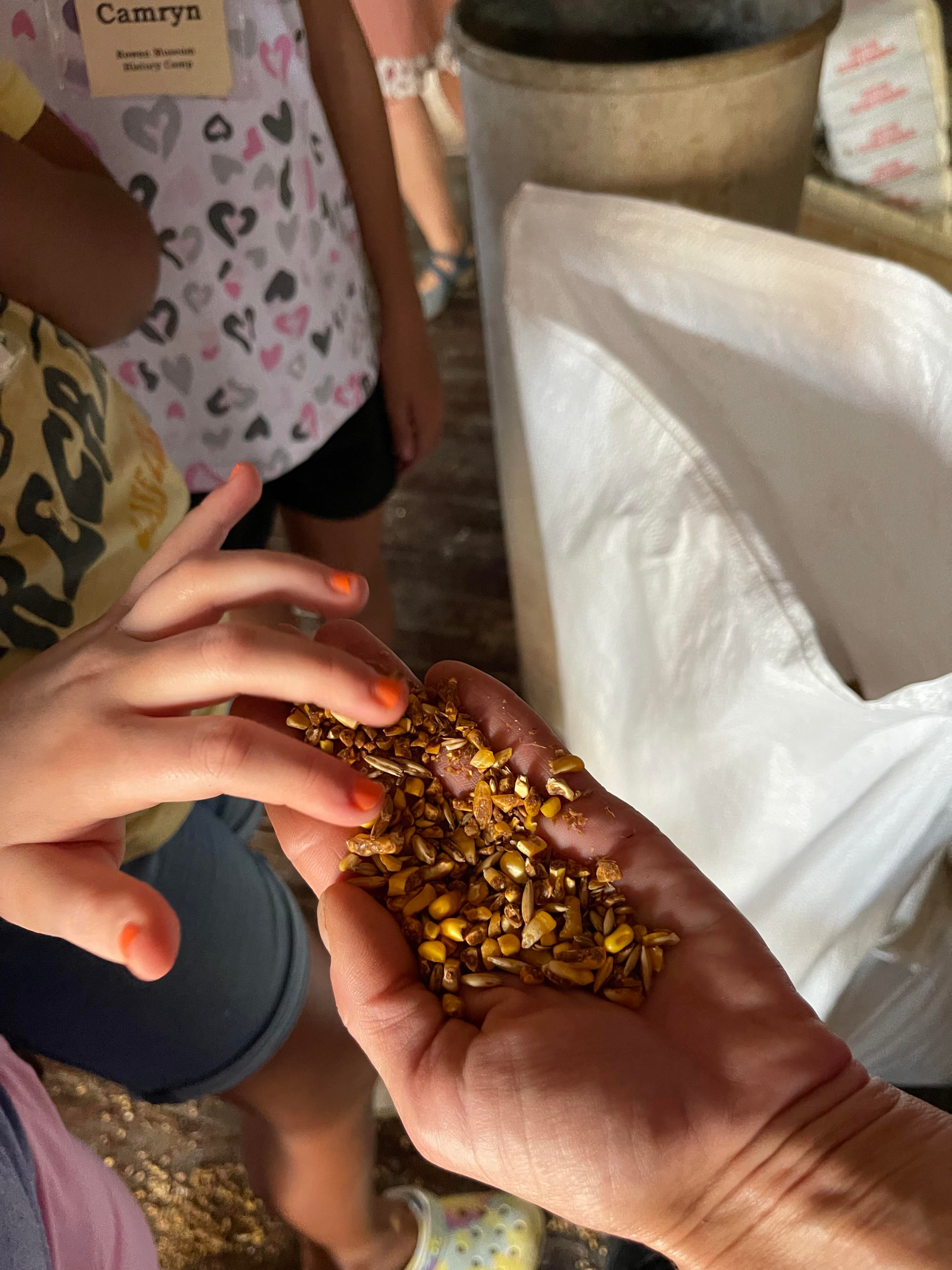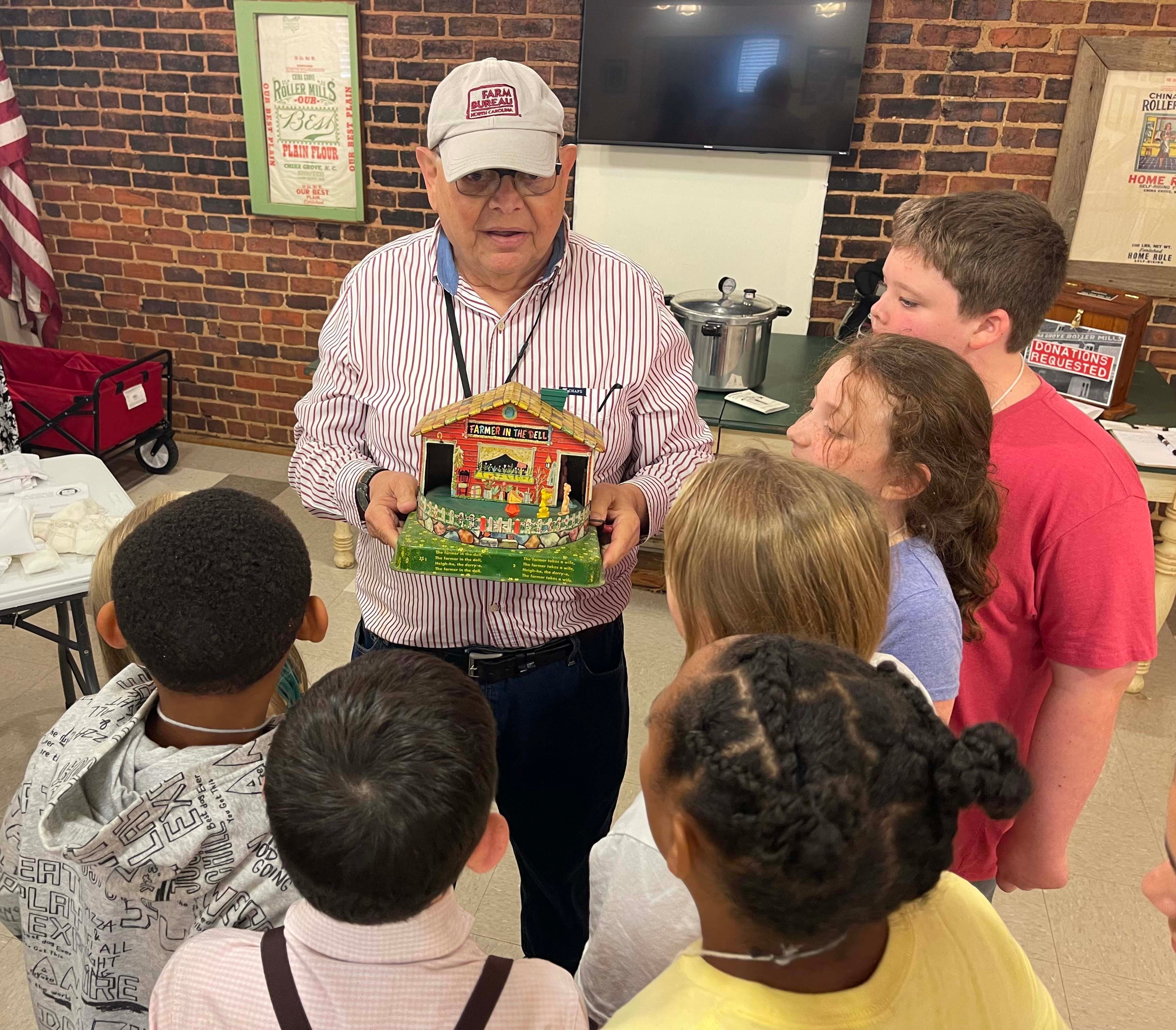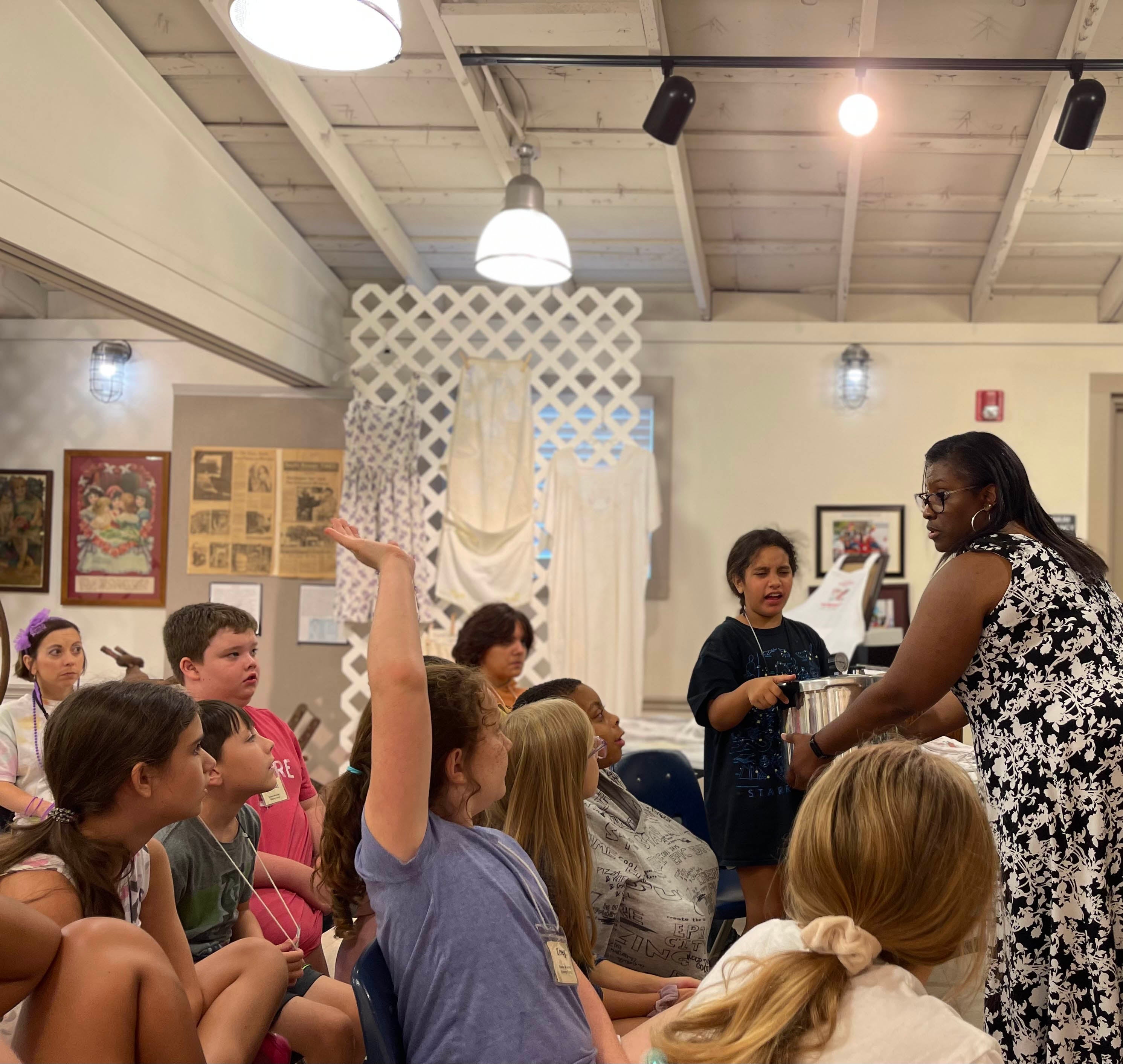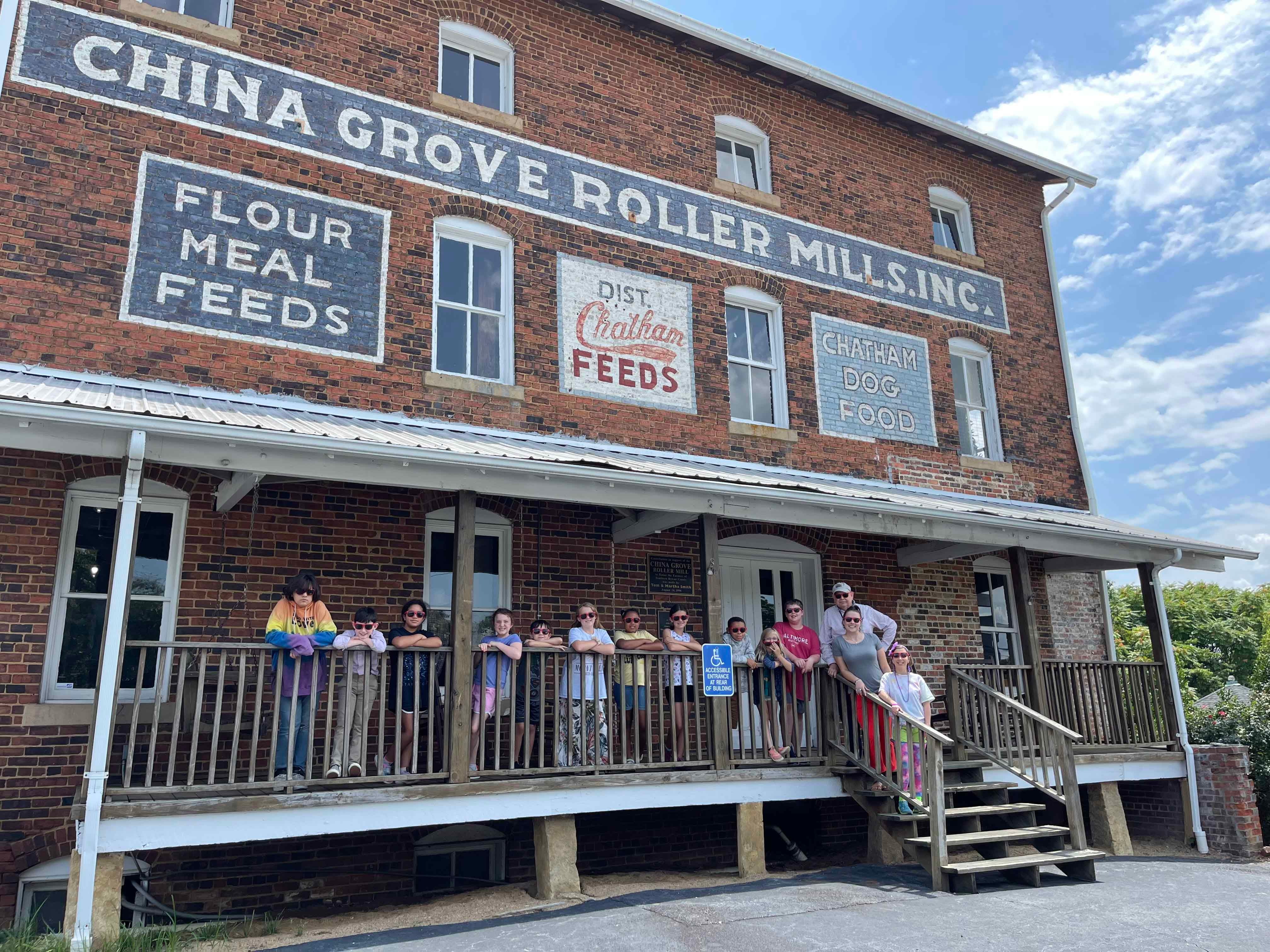Rowan Museum camp: A century of farm life, flour milling and foods
Published 12:02 am Thursday, July 28, 2022
Tricia Denton Creel opened the latest Rowan Museum summer camp by asking students “What is a miller?”
The answer is someone who grinds grains into flour, and grain processing has some local history in Rowan County. The latest camp was held July 20 at the China Grove’s Roller Mill.
Educators Amy Pruitt and Terry Holt introduced the first in a series of maps that changed over time. They pointed out how the Native American Occaneechi Path became the Great Wagon Road.
As he described the route more, Holt asked if a camper knew what road that might be now. “I-85,” a student answered, excitedly raising his hand. This brought up the familiar phrase, “If it ain’t broke, don’t fix it.”
It was time for a trip to the company store. The students put away the toys they had fun playing with such as tops, a kaleidoscope and wooden chickens that pecked corn. The toys represented a simpler time when toys were human powered, before batteries.
Goodman’s Farm Supply was a feast for the eyes. They had everything imaginable for farmers and homeowners. Large bags of animal feed included grains like corn and oats.
Austin asked, “Do horses also eat hay?” The children spotted bird feeders, toys, and even what one called a “rolly” thing for picking up pecans.” Zoey was fascinated with all the hummingbird feeder supplies. Morgan wanted to understand why they sell chickens. The tour guide introduced her to the hobby of raising hens for eggs.
Blane Morgan, a store customer, was amused by all the children’s fascination with the store. He said he read about the history camps in the Post.
Back at the roller mill, the kids learned how it was busy 24 hours a day/seven days a week, providing flour for both World Wars. James Miller, a museum board member and retired mill employee, led a tour of how the mill operated. A student asked him if he ever got bored there.
“Never,” he said. “I enjoyed the fellowship with the farmers. It never got old. There was something new about every day. I hope the community continues to support the mill. It is a landmark.”
He taught the campers how first horses and buggies, then trucks brought wheat and dumped it in a hole. Next, the wheat traveled from one place to another to separate the wheat from the chaff.
As part of the tour, the students learned about the weather board where hail, snow and rain were recorded. The campers especially liked learning about the hail the size of baseballs.
The students logged today’s weather in a journal using modern technology. Discussions included why there were fewer accidents in the roller mill than in cotton mills. The campers drew on their previous knowledge of children working in mills. Fewer accidents came from a combination of adults managing the millwork and learning from the past.
It was time to prepare for lunch which included making biscuits. In previous camps, recipes were called receipts. That changed around the turn of the century. Students wrote cooking secrets or tips for success on their recipes.
Secrets included cutting the butter into pea-sized bits with a pastry cutter and brushing milk across the tops to make the bread golden brown. Students especially enjoyed the measuring, science and baking of biscuits.
Camryn answered the question of why we don’t cut the biscuits on the edge. “You can make more biscuits if you don’t start in the middle.”
Students were served chicken pie, biscuits and sliced local tomatoes. Some veteran campers said they came back just for the pie. They took home recipes with plans to share with their grandmothers and parents. The real excitement followed when the announcement came, “save your spoons.”
Homemade Cheerwine ice cream was served for dessert. After lunch, Extension Agent Toi Degree taught the students about canning.
“To know where you are going, you have to know where you have been,” Degree said.
She gave the history of the process all the way back to Napoleon Bonaparte in 1809. The first canning was done with wax and wiring. Degree taught about safety, cleanliness and safety in the canning process.
Of course, when she mentioned canning jam, the students brought up the biscuits and how tasty some jam would be with the biscuits.
“I like the way you think,” she said.
Students also learned about hog processing, rural free mail delivery and designed their own stamp. They sang, “Over There” as a tribute to the troops that the mill provided food for during the war. They imagined the song playing on the radio while the workers ran the mill.
Julie Caldwell from the North Carolina Farm Bureau taught about land, workers, crops, machines and supplies. Students acted out scenarios where they were the farmers making the decisions. They put themselves in the shoes of those who provide us with food.
Then Caldwell taught about planting with soil, seeds and water. Students will grow their own sunflower seeds at home. She gave them cups and sunglasses which they proudly modeled in the group photo. The students took home insulated cooler bags provided by Agriculture in the Classroom and the N.C. Real Dairy farmers.
For all their work, the students took home gold certificates reminiscent of the time period. They ended the day with egg relays using balloons. No “eggs” were broken in the game. It was a great way to spend a hot summer day.
The roller mill started in 1903 so the landmark tells a long story. As Tina Cook from Goodman’s store said, “There’s something here for everyone.”








